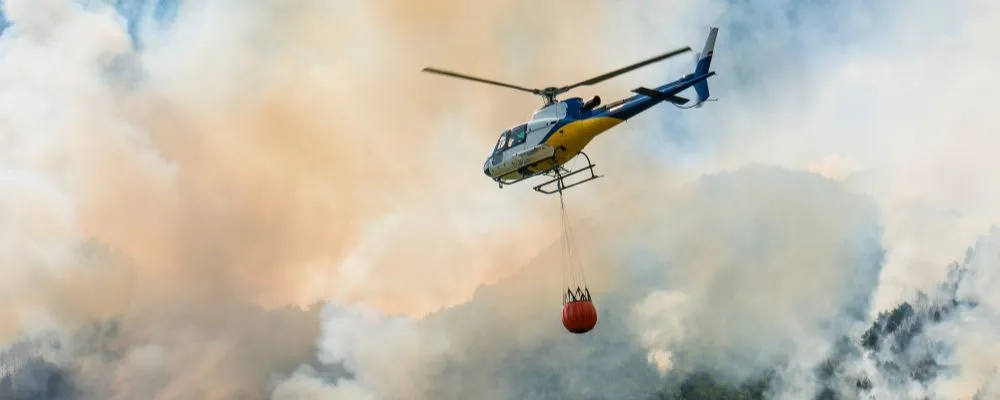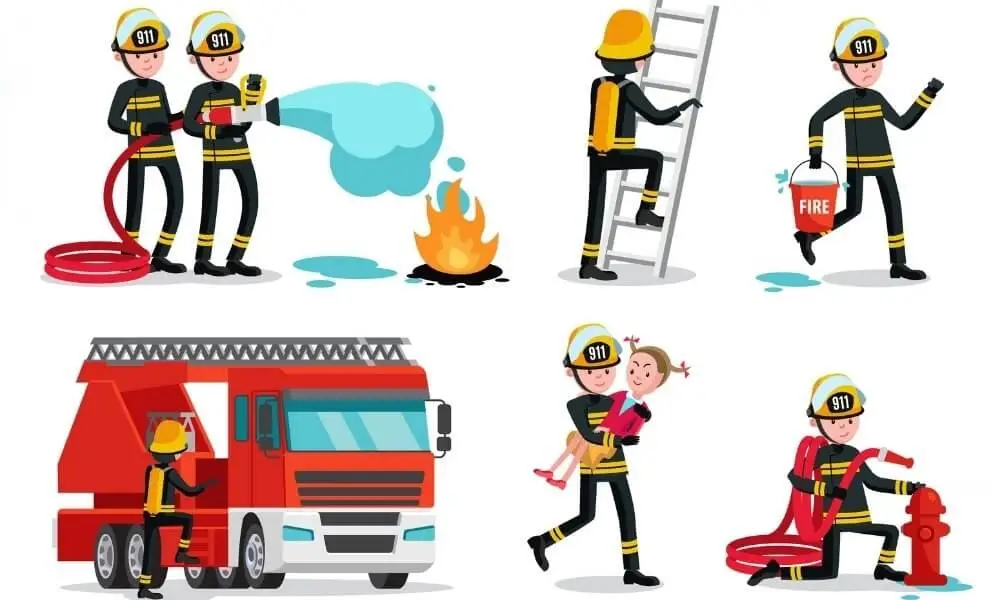What does RACE stand for in fire safety? RACE in fire safety stands for Rescue, Alarm, Contain, and Extinguish/Evacuate. It’s a simple yet effective protocol used to address fire emergencies. By following this protocol, individuals can save lives, reduce property damage, and ensure their safety during a fire emergency.
Importance of RACE Fire Safety
RACE Fire Safety protocol isn’t just a set of instructions; it’s a lifesaving tool. It provides a structured way to respond in the heat of the moment (literally!), ensuring that crucial steps aren’t overlooked in the chaos that a fire can cause.
Fire Safety Laws and Regulations
Various laws and regulations mandate the implementation of fire safety protocols like RACE. These rules, enforced by local, regional, and international authorities, aim to maintain the highest level of safety in buildings and other environments.

RACE in Fire Safety
Let’s delve deeper into the essence of each letter in the RACE Fire Safety acronym.
R – Rescue
Rescue involves ensuring the safety of all individuals in the affected area. It could mean helping others to safer zones, particularly those unable to move independently.
How to Conduct an Effective Rescue
An effective rescue involves staying calm, identifying those in immediate danger, and helping them reach safety. Maintaining clear communication is crucial, ensuring everyone knows where to go.
A – Alarm
The next step is to raise the alarm. This step informs others about the emergency, facilitating timely evacuation and response from the fire department.
Importance of Alarm Systems in Fire Safety
An efficient alarm system is vital to fire safety. It allows for swift action, helping to minimize damage and potentially save lives.
C – Contain
Containment involves closing doors and windows to prevent the fire from spreading to other areas.
Fire Containment Strategies
Effective containment strategies may involve using fire-resistant materials, fire doors, and automated systems designed to contain a fire in its early stages.
E – Extinguish/Evacuate
If safe, small fires can be extinguished using proper equipment. If not, evacuation is the priority, following the predetermined evacuation plan.

Extinguishing Fires and Evacuation Protocols
Knowledge about fire extinguishers and evacuation procedures is essential. In high-risk situations, evacuation takes precedence over fire extinguishing.
Implementing RACE in Various Environments
RACE protocol is versatile and applicable across various settings. Here are some examples.
RACE in Residential Settings
In homes, the RACE protocol can save families and their properties. Understanding the locations of fire extinguishers’ locations and having an evacuation plan are critical aspects of household safety.
RACE in Commercial Buildings
Commercial buildings are high-risk areas due to their size and population. Implementing the RACE protocol here can save countless lives and significant amounts of property.
RACE in Public Places
Awareness and implementation of the RACE fire safety protocol can ensure collective safety during fire emergencies in public places like shopping malls or parks.
Training and Education in Fire Safety
As important as understanding the RACE fire safety protocol is, it becomes truly effective when paired with proper training and education in fire safety. Let’s examine why training is crucial and how you can avail it.

Role of Training in Fire Safety
Imagine having all the right tools to combat a situation but needing to learn how to use them effectively. That’s how fire safety measures work without proper training. Knowledge about the RACE protocol, the right fire safety equipment, and evacuation plans are all essential, but their utility is improved by understanding how to implement them correctly.
Training in fire safety is not just about learning procedures—it’s about building the right mindset to act promptly and effectively in an emergency. It imparts the skills required to stay calm under pressure, make quick decisions, and, perhaps most importantly, save lives.
Training yourself and your community in fire safety ensures that everyone can respond appropriately in an emergency, minimizing harm and optimizing safety.
How to Get Trained in RACE and Fire Safety
Fire safety training, including a comprehensive understanding of the RACE fire safety protocol, is widely available and accessible.
Fire Departments: Many local fire departments offer community education and training programs. These can range from basic fire safety lessons to more advanced firefighting techniques.
Online Courses: In the digital age, several online platforms offer comprehensive fire safety training courses, including training in the RACE fire safety protocol.
Workplace Training: Many workplaces mandate fire safety training, especially in industries with a higher fire risk. If you’re an employer, consider arranging regular fire safety training sessions for your staff.

P.A.S.S Fire Safety Acronym
In the context of fire safety, P.A.S.S. is an acronym that stands for Pull, Aim, Squeeze, and Sweep. It is a simple step-by-step guide to operate a fire extinguisher in a fire emergency effectively.
Here’s what each step in the P.A.S.S. method entails:
P – Pull: refers to pulling the pin at the top of the fire extinguisher. The pin usually has a seal that prevents accidental discharge. Pulling the pin breaks this seal, making the fire extinguisher ready.
A – Aim: After pulling the pin, the next step is to aim the extinguisher nozzle, hose, or horn at the base of the fire. Aiming at the base rather than the flames is crucial to extinguish the fire successfully.
S – Squeeze: Once you’re aiming at the base of the fire, squeeze the handle to release the extinguishing agent. It’s important to stay calm and squeeze the handle firmly and evenly.
S – Sweep: As you squeeze the handle, sweep the nozzle from side to side at the base of the fire until it appears to be out. If the fire reignites, repeat the process.
Conclusion: RACE in Fire Safety
Understanding and implementing the RACE fire safety protocol is of utmost importance. It’s an effective tool for handling fire emergencies and ensuring the safety of all. It can guide immediate responses to fires, saving lives and minimizing damage. By integrating it into our daily lives, we can ensure we’re prepared for fire emergencies.
